5184+ reviews
Order by 16:00 for same day shipping
14 days return
DE
EN
Individual
Business
Raspberry Pi 4B Starter Kit with Heatsink Case Manual

Assembling the heatsink case
The Heatsink Case consists of a bottom and a top. On the top are two fans mounted.
Parts:
The part on the left is the bottom. The right is the top. There is also a bag with 4 bolts and an allen key.
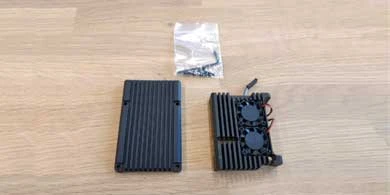
Step 1:
On the inside are 3 heat conductive stickers with a foil over them. Remove the foil.
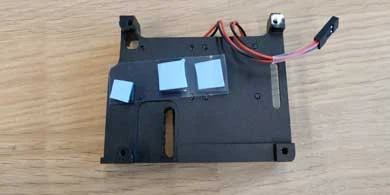
Step 2:
Place the top of the case onto the Raspberry Pi as shown above.
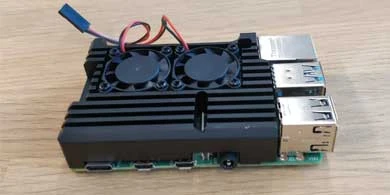
Step 3:
Turn the Raspberry Pi over and place the bottom. Place the 4 bolts and tighten them with the allen key.
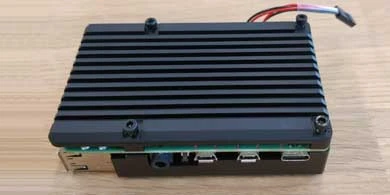
Step 4:
Connect the fan to the outer row of GPIO pins. The red wire goes on the second and the black on the third pin from the right.

Step 5:
Insert the supplied Micro-SD card into the SD slot with the metal strips facing the printed circuit board.
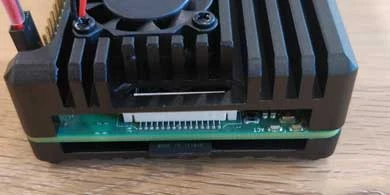
Additional information about the fans
The Raspberry Pi has a row of GPIO pins.
In the picture on the right you can see what this looks like.
The selected pins at the top left are used if you want the fan to always be on. (as long as the Raspberry Pi is on)
The left pin is the 5V and the right is the GND

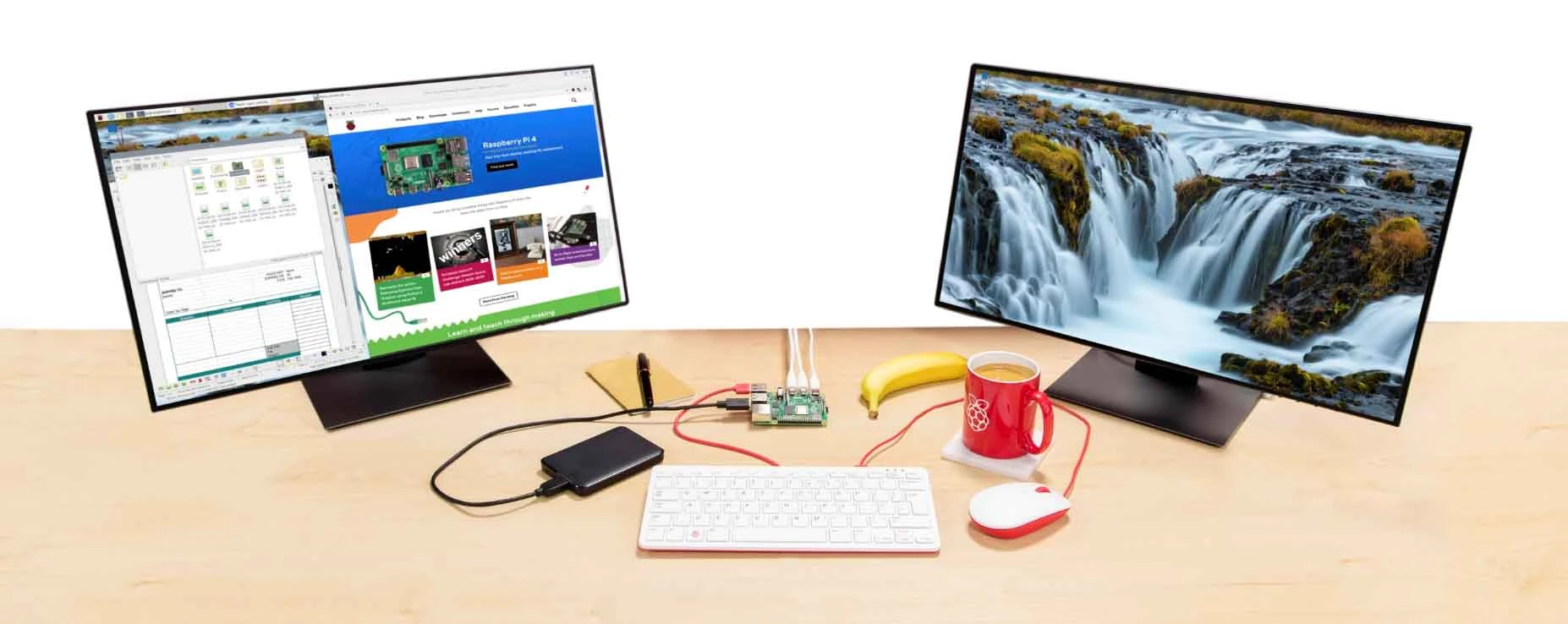
Connect & Startup
In the steps above you have attached the case. You have also connected the fans and Micro-SD card. On the side of the Raspberry Pi 4B are two Micro HDMI ports. Insert the supplied Micro HDMI cable into the left port, and the HDMI end into a monitor or screen.
Connect a keyboard & mouse to the USB ports and finally insert the power cable into the USB-C port.
Your setup is now ready to be booted.
When the Raspberry Pi starts up now you will see a desktop on your monitor. When you first start it up you still have to set it up, but that is explained step by step.
Now you can start browsing, programming, editing texts and much more!